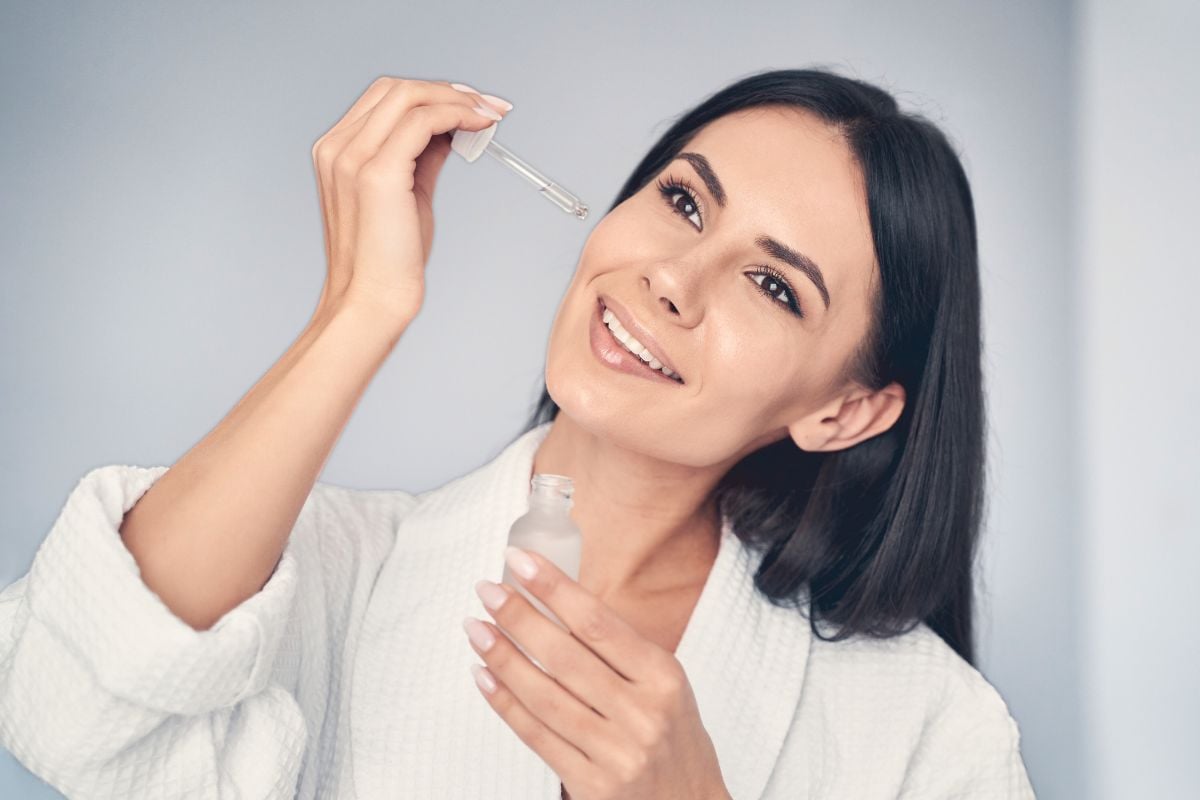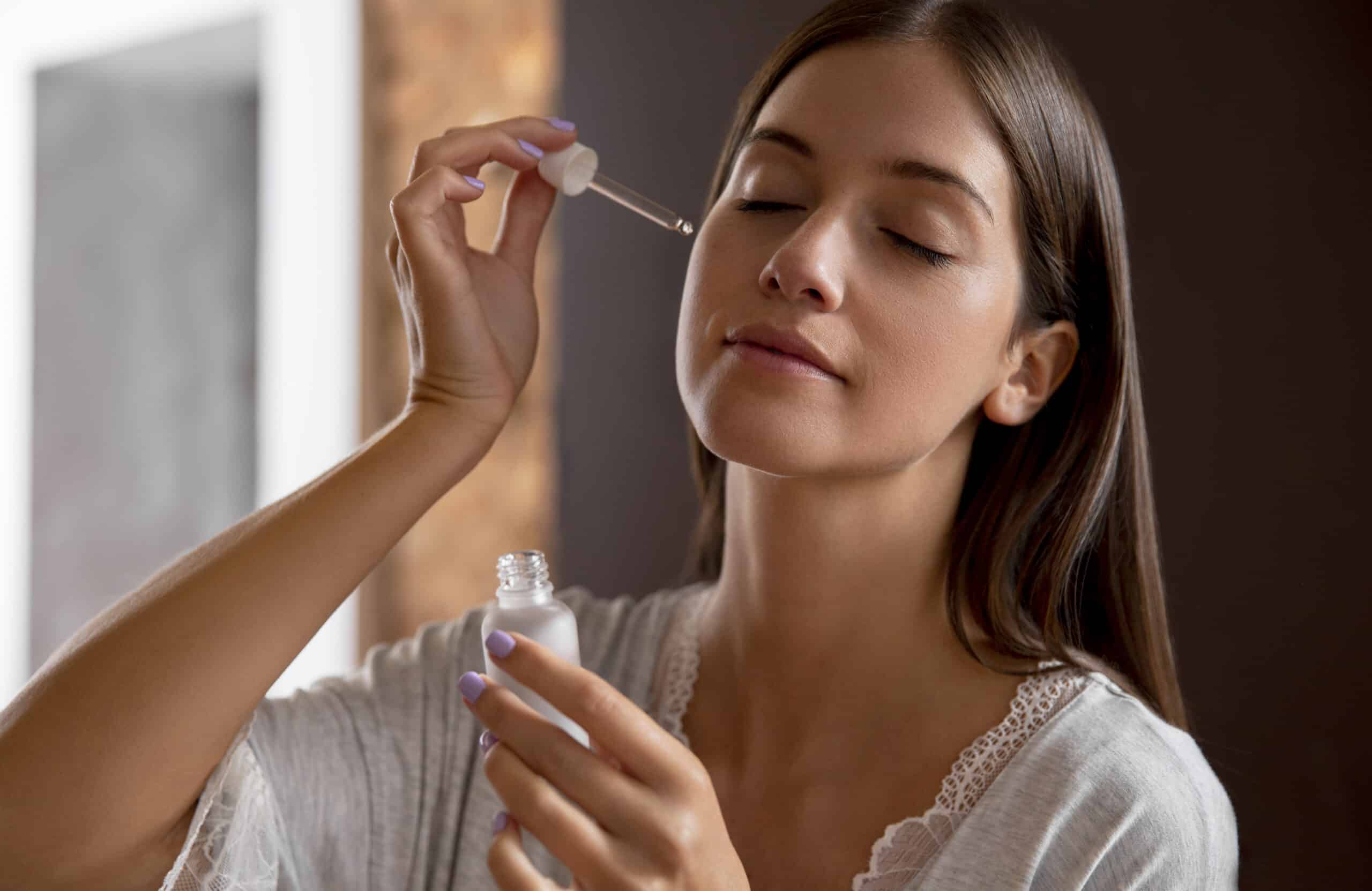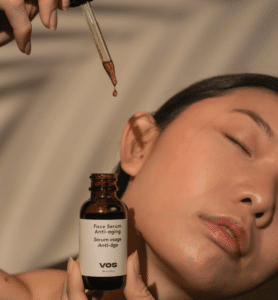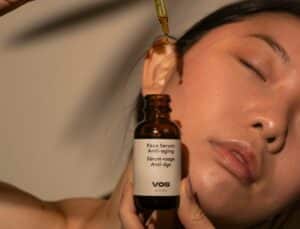Face serums are designed to deliver concentrated ingredients to improve skin tone, hydration, and texture. But for some, the result is unexpected breakouts. If you’ve added a serum to your routine and noticed an increase in clogged pores, acne, or irritation, you’re not alone. Let’s explore the reasons behind this and how to correct the issue without giving up the benefits of serums altogether.
Understanding the Role of Face Serums in Skincare
Face serums are lightweight formulations typically used after cleansing and before moisturizing. They often contain active ingredients such as hyaluronic acid, vitamin C, retinol, or peptides that target specific concerns like dryness, dullness, or fine lines.
However, their potency can also mean they interact with your skin more intensely than other products, especially if you’re new to using actives or layering skincare products.
Why Face Serums Might Be Causing Breakouts
There are several reasons why face serums could be the source of your skin issues. Identifying the cause is the first step toward improving your skin’s reaction.
1. Comedogenic Ingredients
Not all serums are non-comedogenic. Some contain oils, silicones, or emollients that clog pores, particularly for those with oily or acne-prone skin. Ingredients such as isopropyl myristate, coconut oil, or certain forms of algae extract can contribute to buildup in the pores.
2. Overuse of Active Ingredients
Using more than one active ingredient—or applying them too often—can overwhelm the skin barrier. For instance, combining retinol with vitamin C or exfoliating acids may lead to irritation, redness, or breakouts.
3. Skin Purging
Some active ingredients (like retinoids or chemical exfoliants) speed up skin cell turnover, bringing underlying congestion to the surface. This purging process can resemble a breakout, but it’s temporary and often resolves in a few weeks. The key difference is that purging typically occurs in areas where you usually get pimples.
4. Incompatible Skincare Combinations
Layering products that don’t work well together can irritate the skin or trap bacteria. For example, mixing oil-based serums with water-based moisturizers may not absorb properly, leading to residue and clogged pores.
5. Wrong Serum for Your Skin Type
A serum that works for dry skin may be too rich for oily or sensitive skin types. Using a product outside your skin’s needs can lead to imbalance, increased oil production, and ultimately, breakouts.

How to Fix Breakouts Caused by Face Serums
If you suspect that a serum is contributing to your skin issues, you don’t need to eliminate serums from your routine entirely. Instead, adjust how you use them and focus on finding the right formulation for your skin.
- Check the Ingredient List
Read the label and identify if the serum contains pore-clogging or irritating ingredients. Look for serums labeled “non-comedogenic” and avoid known triggers like artificial fragrance or heavy oils if your skin is sensitive or acne-prone.
- Introduce Serums Gradually
Start using a new serum just a few times a week, especially if it includes active ingredients. Monitor how your skin responds before moving to daily use.
- Simplify Your Routine
When breakouts occur, it’s helpful to scale back your skincare regimen. Use a gentle cleanser, a non-comedogenic moisturizer, and apply the serum sparingly. Avoid adding new products simultaneously.
- Use Serums Designed for Problem-Prone Skin
Choose serums with soothing, non-comedogenic ingredients such as niacinamide, hyaluronic acid, or green tea extract. These ingredients support the skin barrier and reduce inflammation.
- Wait and Observe: Is It a Purge or a Reaction?
If your breakout resembles your typical acne pattern and begins to improve after a few weeks, it may be a purge. But if it worsens, spreads to new areas, or causes lasting irritation, discontinue use and consult a dermatologist.
Tips for Choosing a Serum That Won’t Trigger Acne
Being selective with your serum choice can prevent future breakouts. Consider the following when shopping for a serum:
For Oily or Acne-Prone Skin
- Look for lightweight, water-based serums
- Ingredients to seek: salicylic acid, niacinamide, tea tree oil
- Avoid: heavy oils, artificial dyes, alcohol-based formulas
For Sensitive Skin
- Opt for fragrance-free serums
- Ingredients to seek: panthenol, aloe vera, ceramides
- Avoid: harsh exfoliants, essential oils
For Dry or Mature Skin
- Choose serums with hyaluronic acid or peptides
- Ingredients to seek: vitamin E, squalane, peptides
- Avoid: overly astringent ingredients that can further dry the skin
Final Thoughts
The idea of face serums causing breakouts can be discouraging, especially when you’re trying to care for your skin. But not all breakouts are permanent or unavoidable. Understanding how your skin reacts to different ingredients and applying products with intention can make a significant difference.
With the right approach, you can enjoy the benefits of serums without the irritation. Evaluate what works for your skin type, introduce products slowly, and when in doubt, stick to formulations with a simple, targeted ingredient list.









